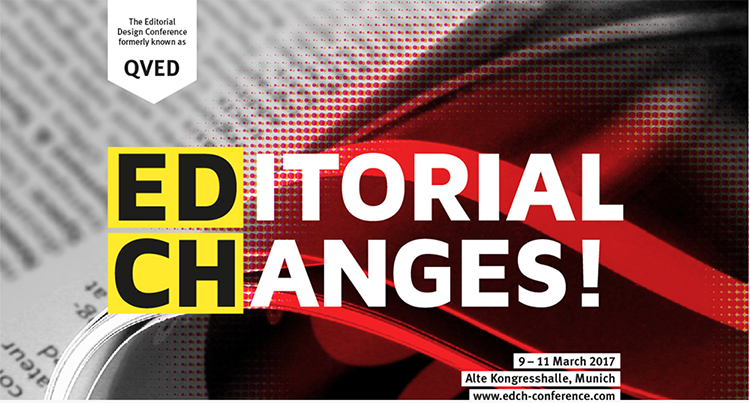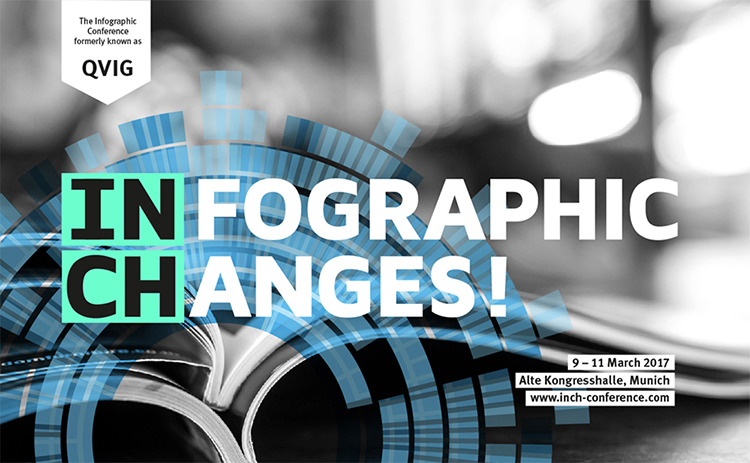FROM OVERLAYS TO COLOR.
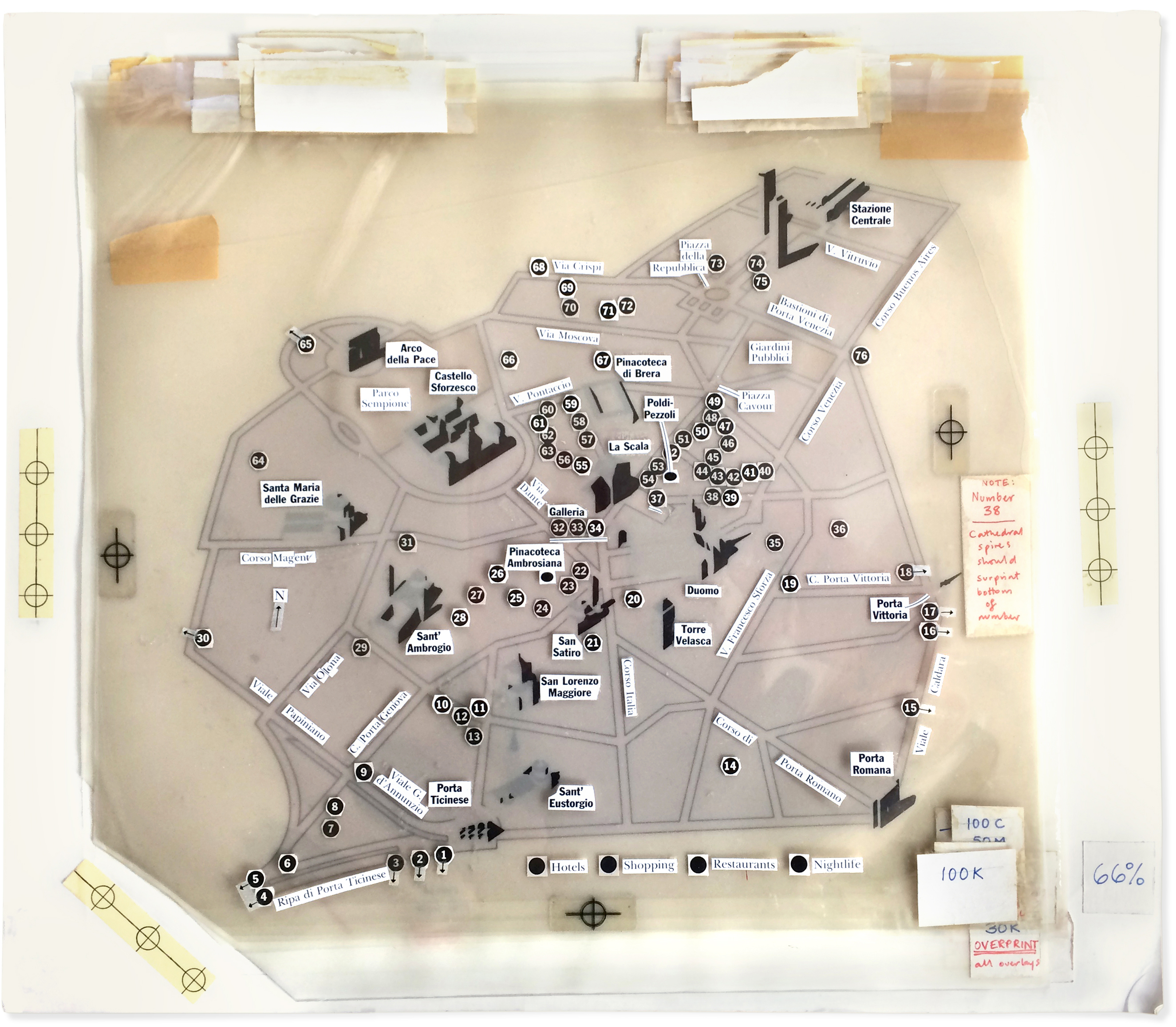
I’ve been looking at this somewhat battered (and not very attractive) Milan artwork of 1988 vintage. It’s going to be in my exhibition next month. (More about that event below.) This is what was known as a “mechanical.” An assembled piece of artwork that would be photographed and converted to a color separation. On top of the line art base, there are twelve overlays, plus a color pencil guide for the pre-press technician. Some layers are inked, some are cut from Rubylith film, with multiple knock outs and surprints. How this all came together to make four printing plates is one of the mysteries of the universe.
When I moved to the U.S in 1987, I was amazed that magazines would spend the money to go through this elaborate process. I mentioned mechanicals in a previous post: https://www.johngrimwade.com/blog/2016/09/26/when-infographic…roamed-the-earth/
Below is a composite scan of the mechanical layers, and the CMYK result after a lot of pre-press work. And I mean a lot.
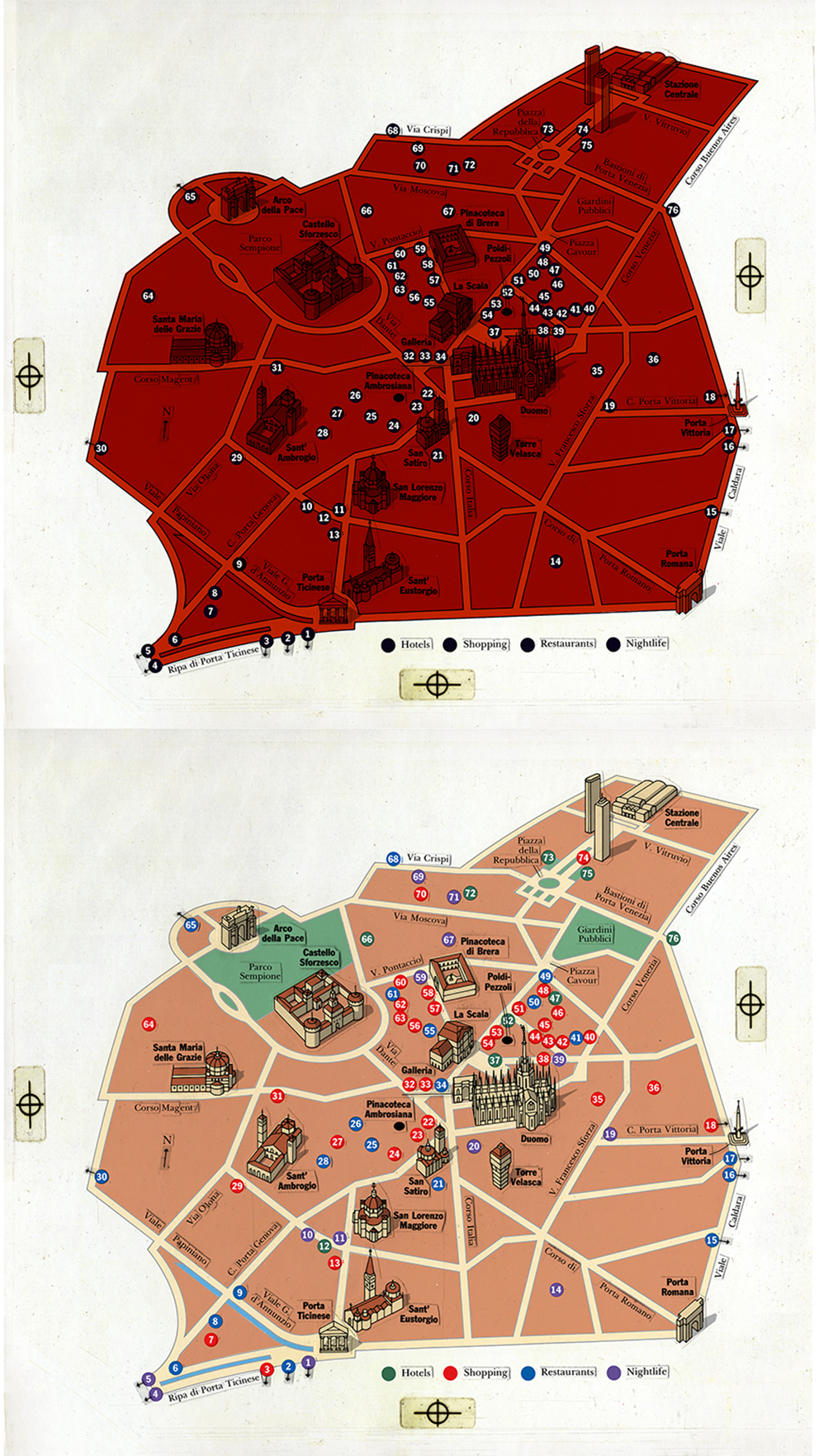
Some of the layers, and the color guide.
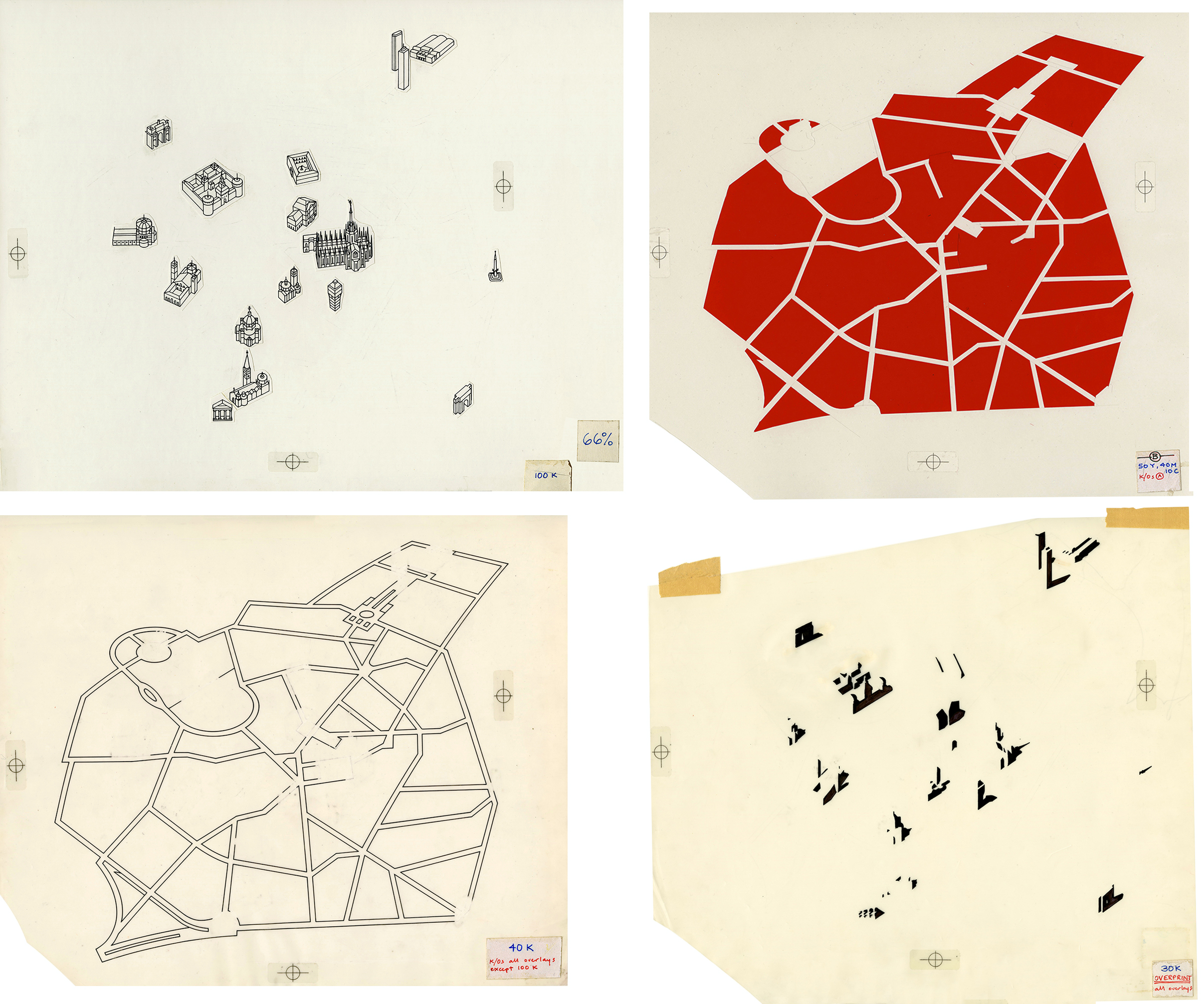
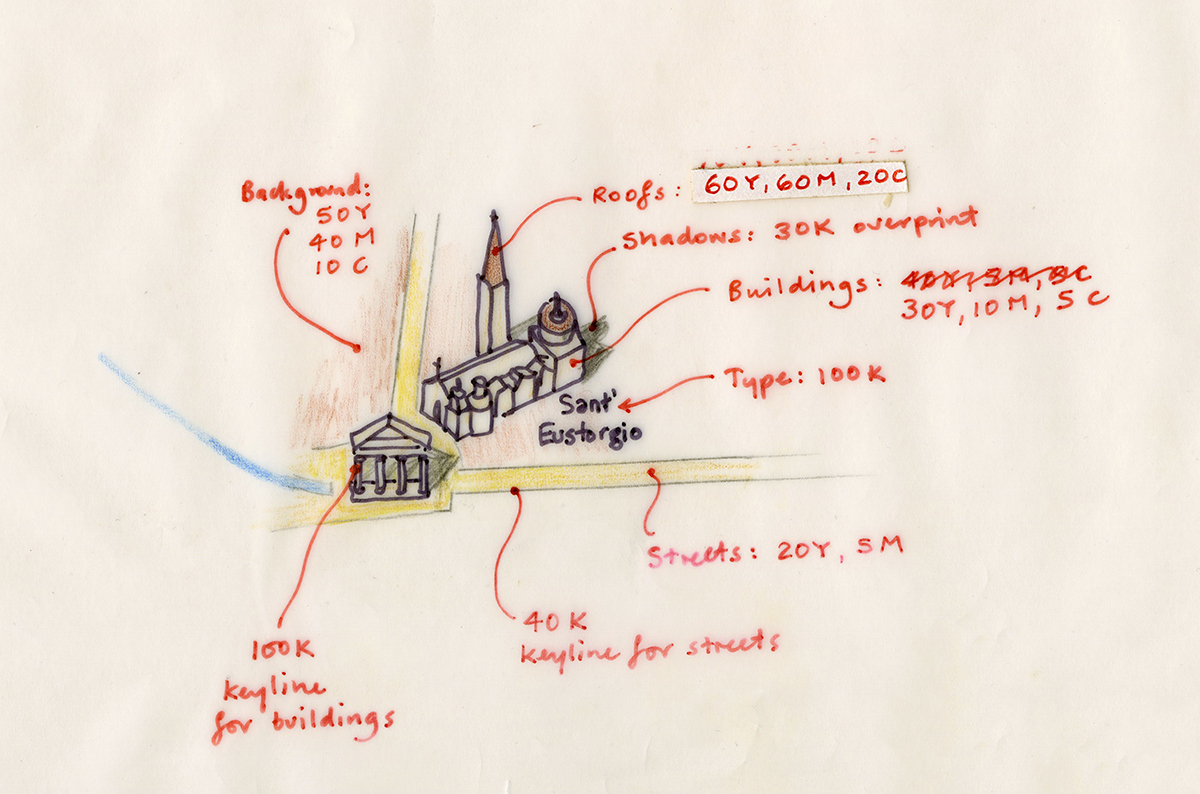
It all worked somehow. From thirteen layers to the printed page. The presentation below might fit into the “gratuitous animation” category. If it does, apologies for that. I was just trying something.
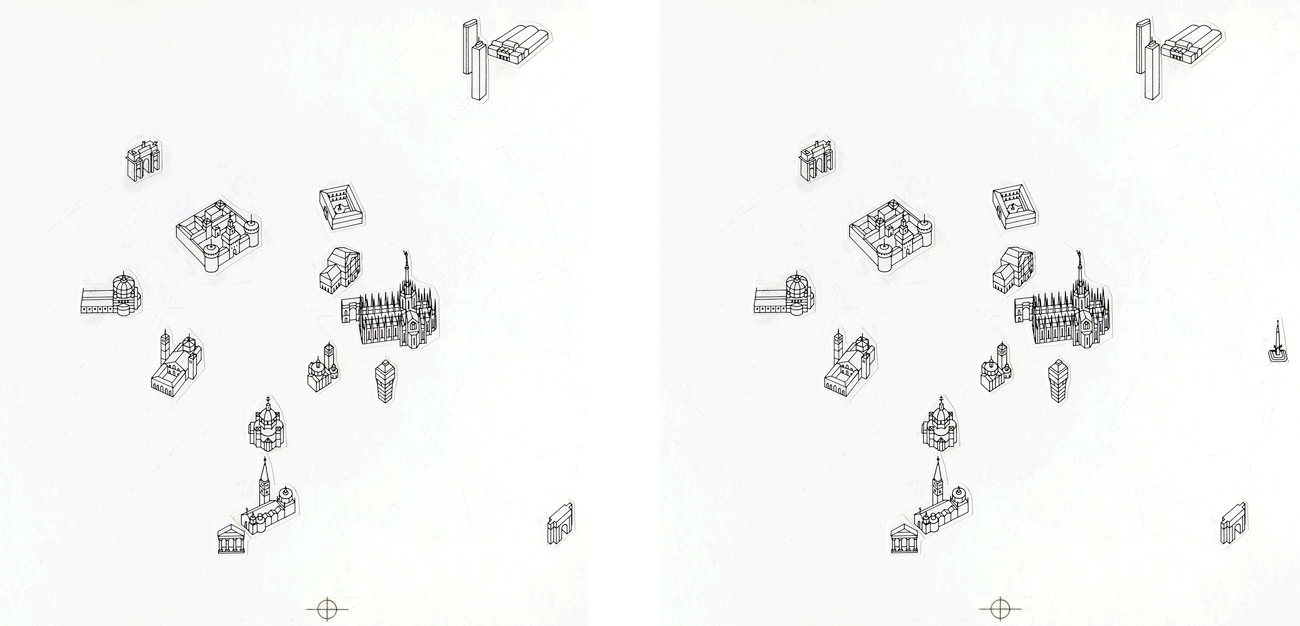
See it in Munich A lot of my pre-computer artwork will be on show in Munich from March 9 to 11, at the EDCH and INCH conferences. I will also be giving one of the keynote presentations, and running a workshop.
Design conference: http://www.edch-conference.com
Infographics conference: http://www.inch-conference.com
Infographic workshop: http://www.inch-conference.com/en/workshops

